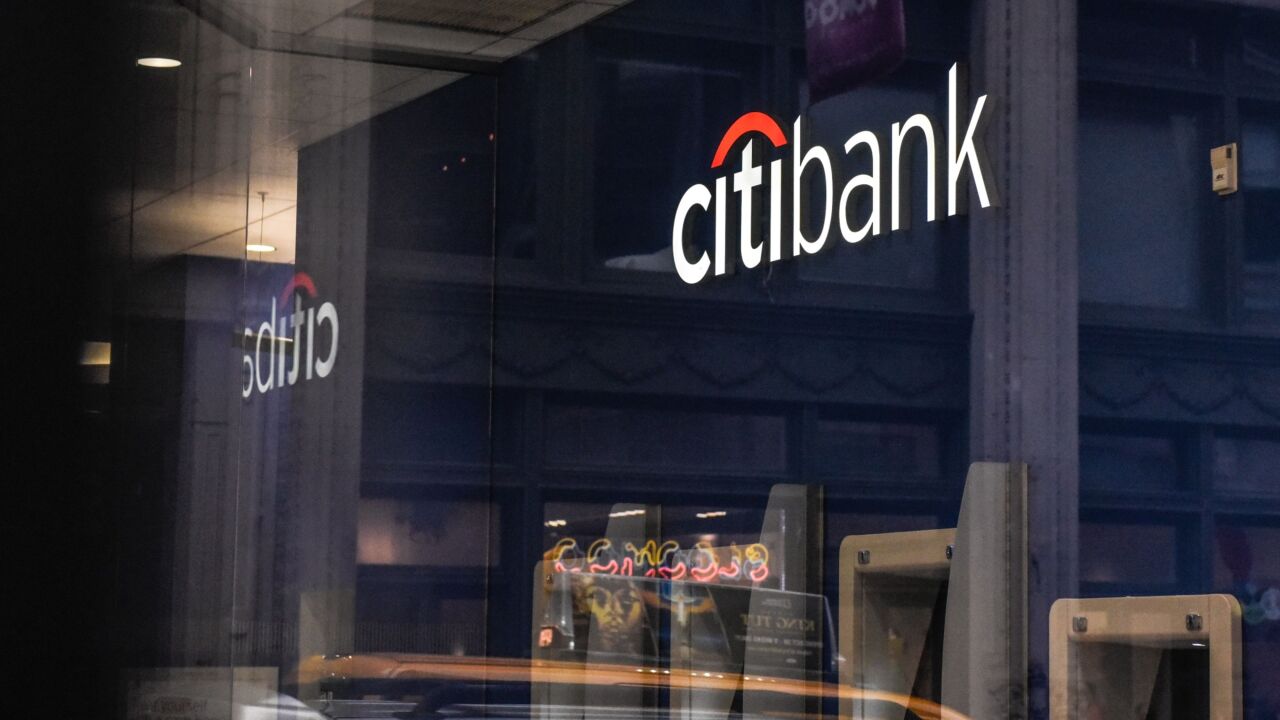-
As banks are well aware, many new software engineers would rather work for Google or a hot new start-up than enter the banking industry. To attract talented new workers, banks and technology vendors work closely with universities.
April 23
Job boards are so yesterday.
Banks and other employers are turning to social media services to recruit talent.
"Social media is a powerful play in how we go after and recruit candidates and show our culture," says Ryan Kraynick, executive director of employment services of BBVA Compass in Birmingham, Ala.
BBVA plans to use YouTube to post videos depicting things like a day in the life of a bank teller, and it plans to push out the content to its entire social network footprint.
"We have the culture on the inside," Kraynick says. "Now it's about showing the outside."
In the interim, BBVA's virtual campus website drives most job applicants. Direct recruiting efforts have worked best through LinkedIn, Kraynick says.
At the San Antonio bank USAA, "We use LinkedIn to find experienced professionals and Twitter campaigns to secure our college recruiting goals," Michael Runyan, assistant vice president with USAA People Services, said in an email interview.
"In 2011, we expanded one of our specialty skills," and "40% of those hires came through the use of targeted social media efforts on sites such as LinkedIn," Runyan said.
More than 12,000 companies use LinkedIn for recruiting, according to Dan Shapero, the 175-million-member network's vice president of hiring solutions.
A new social media employee recruitment option is a
"We want to bring friends and jobs together," says Dominik Grolimund, a Silp co-founder and its chief executive. "We are trying to be different from a job platform."
Silp uses Facebook as its talent pool resource. Here's how the service works: An employer posts an opening on Silp's site and the service will find candidate matches based on members' profile details, such as work experience and interests, as well as through data gleaned from users' Facebook-linked online resources, such as Twitter or LinkedIn profiles.
The Silp app also makes use of the Facebook "social graph." The feature will help employers decide which of their co-workers, friends and friends of friends might be suited to a particular job. If the employer thinks a person is a good fit, he can recommend a job to him.
Currently, Silp is only available to candidates seeking technology-related openings. The job-posting capability is expected to be widely released to employers within a couple of weeks, Grolimund says.
He says a large bank, which he would not name, is testing out the tools. He says the bank wants to use Silp to help fill its information technology job openings as well as to improve its campus recruiting.
TweetMyJobs pushes jobs into Twitter, among other social sites, and segments the opportunities by geography and job type. It also released a Facebook app earlier this year that leverages the social graph to match job seekers with available positions.
Since the company's launch three years ago, TweetMyJobs says it has signed deals with four large banks. "There's been a massive rise across the financial industry," says Yair Riemer, vice president of global marketing at TweetMyJobs. "It's one of our largest-growing sectors."
Beyond sourcing talent, there's an added benefit to social recruiting efforts for banks, too: it helps shows off their cultures.
"Everyone knows Google is a cool place to work," Riemer says.
"What we tell our clients is that they need to think about recruitment and sourcing, but they need to show the human side," Riemer says.
But these sites aren't confined to helping employers find new talent. New online services are springing up to help with things like mentoring.
"Our greatest assets are our members," says Elena Bajic, Ivy Exec's founder and chief executive.
"It's a way to give back to the community," says Gerhard van der Poel, a mentor and director in structured finance at ING Capital. "You get to know how other people think in a completely different market."
The Manhattan company is selective about who can join its network. Of its 177,000 members, 86% hold MBAs, 10% are C-levels and 25% are VPs, Ivy Exec says.
"We're going in the direction of alerting members to social interaction," Bajic says. "As we add more social components, we are looking to create meaningful connections throughout our community."
Though bankers are experimenting with new ways to promote their brands, insiders say banks still have a long way to go with the initiative.
"The work force is changing. You have to engage a person in a brand," says Bradley G. Leimer, vice president of online and mobile strategy for Mechanics Bank in Richmond, Calif. "Banking traditionally doesn't have as much openness in culture but will be forced to."
Leimer suggests that banks better brand themselves by hosting meet-ups and putting video testimonials up on what it's like to work for a company on their websites, for example.
"The more transparent you are with what it's like to work at a company, the more likely you'll attract the right people," he says.





